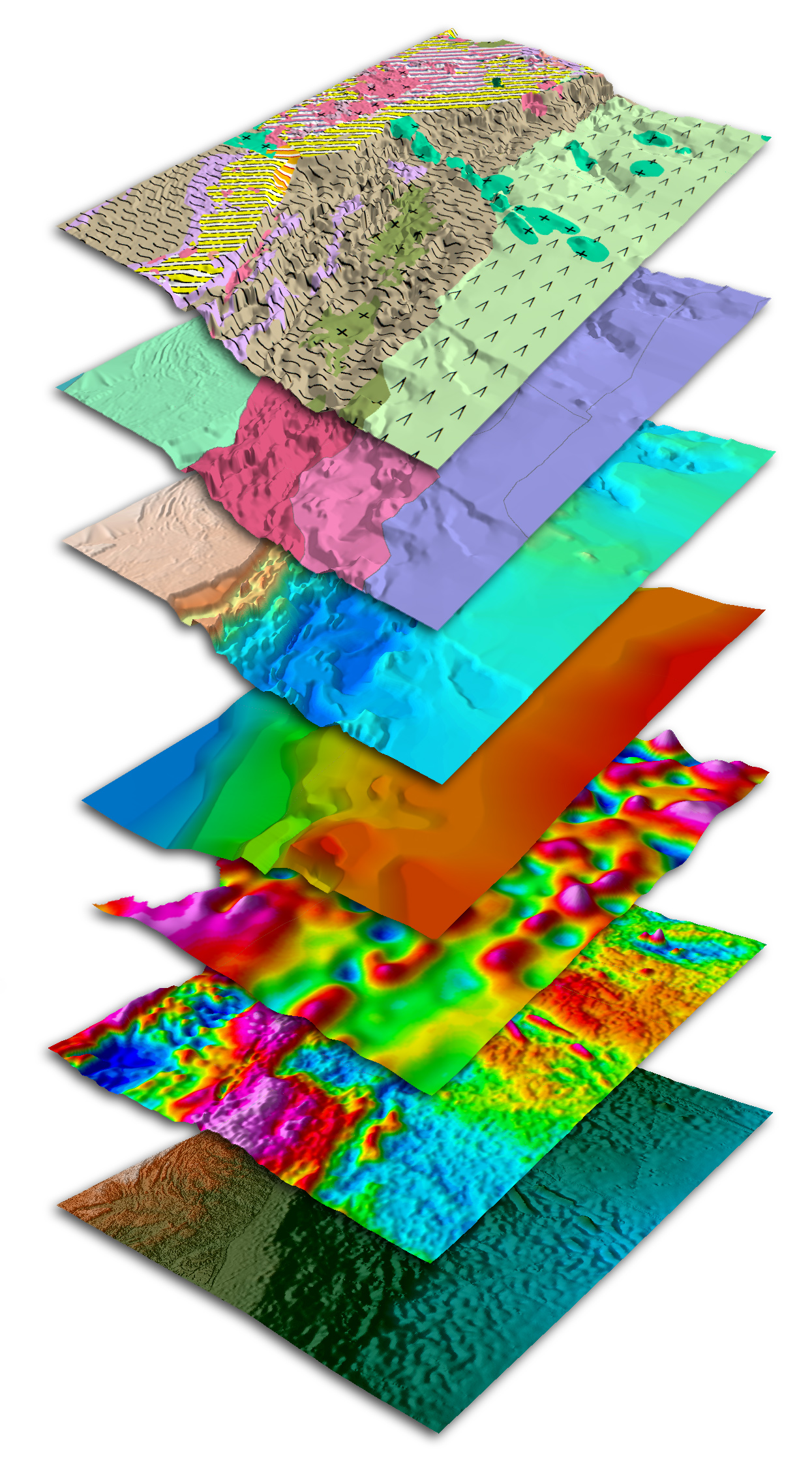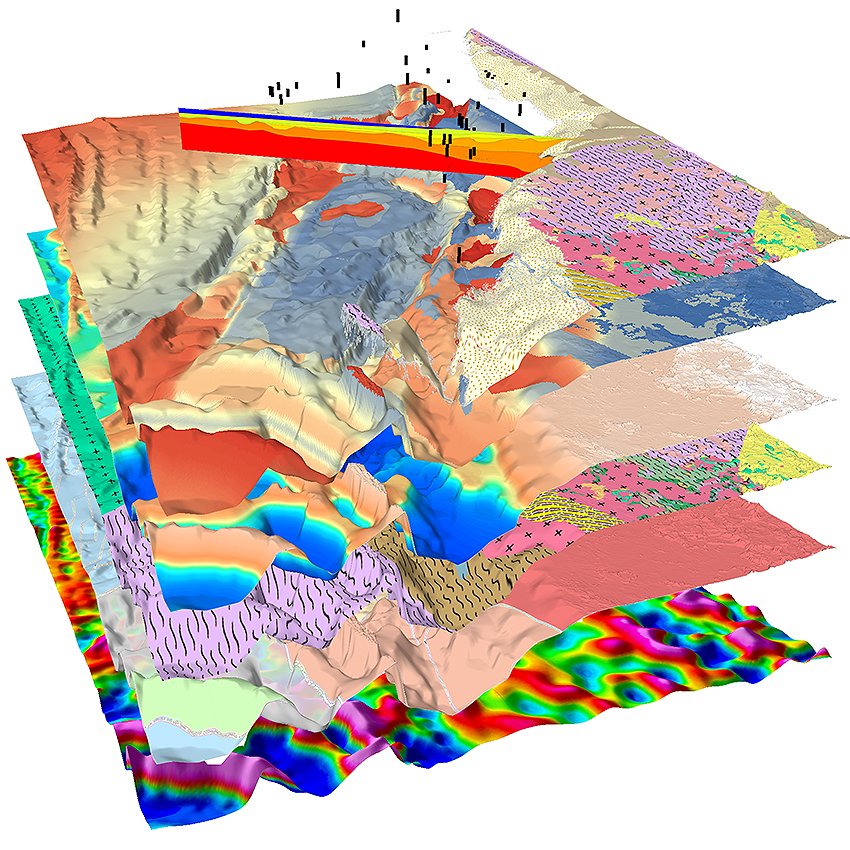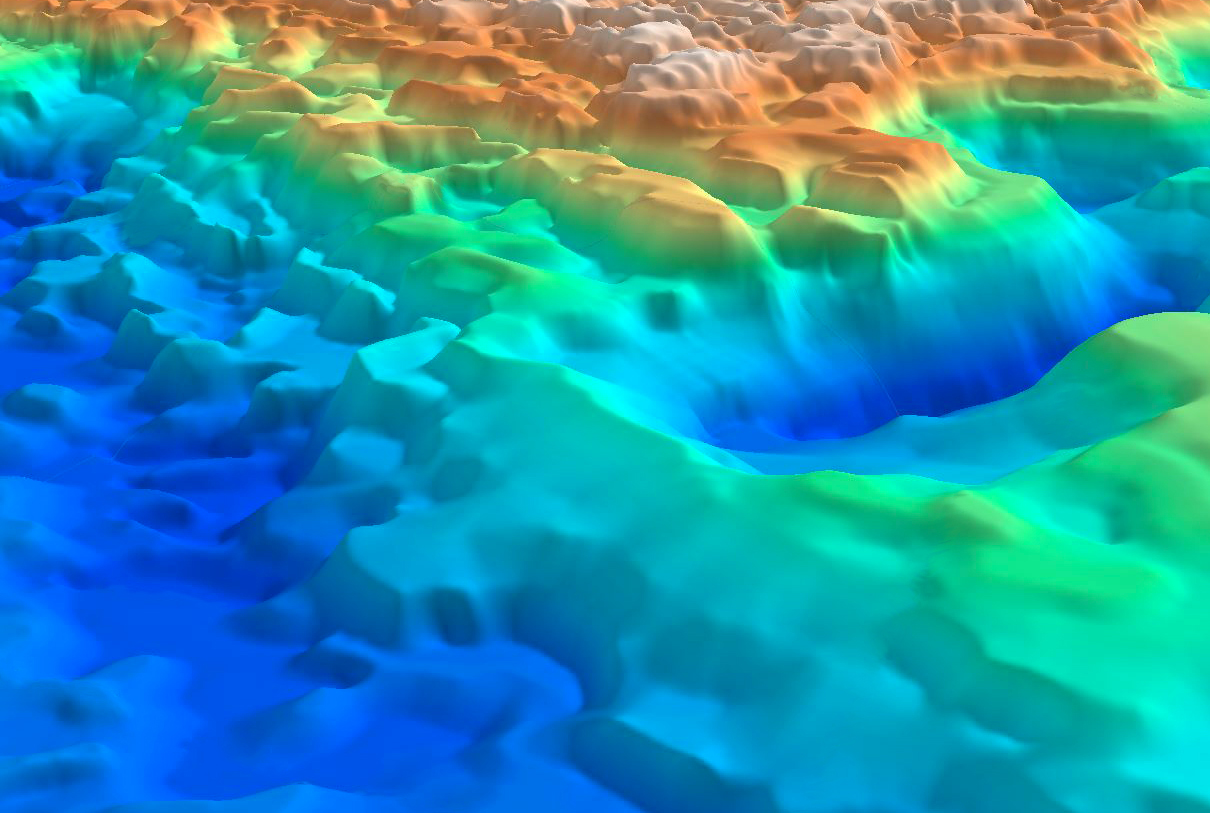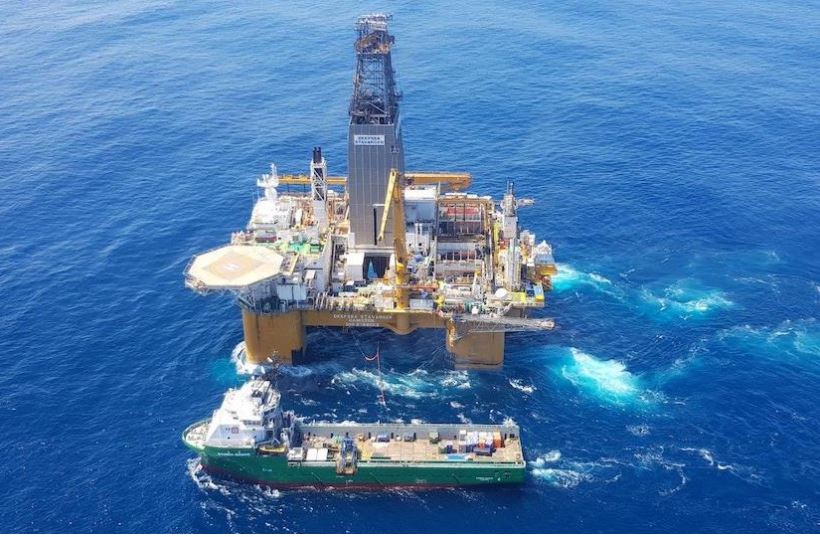Surmounting the significant challenges of mapping deep structures below salt with seismic data alone, a new non-seismic study which includes the Gabon to Angola margin, encourages further interest in the largely under-explored Southwest Africa offshore region.
The newly-released Southwest Africa Margin SEEBASE® multi-client Study and GIS from Frogtech Geoscience focuses on syn-rift basement evolution highlighting the pre-salt petroleum plays that constitute the main target following the recently discovered giant field accumulation in the South Atlantic-conjugate margin of the Santos basin in Brazil.
As part of Frogtech’s uninterrupted basement architecture model along the entire conjugate margin extending from Guyana-Suriname / Sierra Leone to Argentina / South Africa, the new study delivers ‘an advanced basement architecture model that reveals links between rifted compartments of the margin upon which basin, petroleum systems and play models may be built.’
Frogtech CEO, Ryan Murphy, underlines the value of the study: “This new work, along with our existing Onshore North Africa, Northwest Africa Margin and Equatorial West Africa reports, completes our continent-scale study of the Central and South Atlantic margin of Africa from Morocco to South Africa.
“The integrated basement model of the entire margin, and South American conjugate margin, paves the way for improved understanding of the petroleum systems in this under-investigated area.”
The Southwest Africa Margin SEEBASE multi-client Study and GIS provides a regional assessment and basement depth model interpreted at a scale of 1:1M. This interpretation framework accommodates future integration of proprietary client datasets including higher-resolution gravity and magnetic data, well data and seismic interpretation to further customise the model in areas of interest.
Mr. Murphy summarises the significance of the study for upstream players: “Frogtech’s innovative approach to basin studies where we focus on basement evolution, structure and composition, leads to new insights that cannot be revealed by conventional methods. This new study, along with our existing work in Africa, enables a fast and efficient screening of the margin by enhancing correlations between oil and gas discoveries and topographical variations of the basement.”





